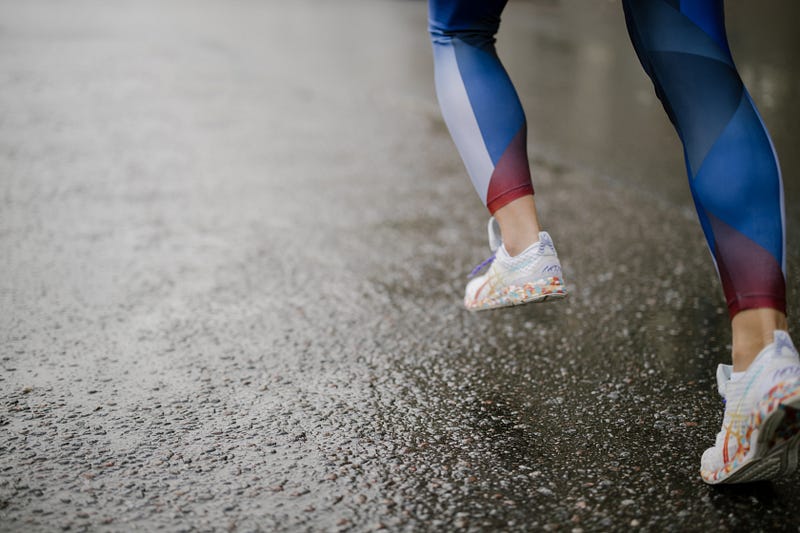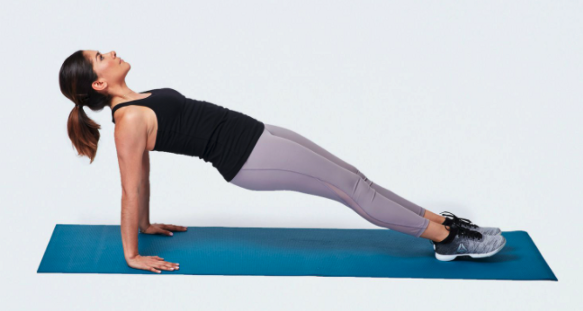Revamping Your Core Workout: The Reverse Plank for Runners
Written on
Chapter 1: Understanding the Plank Exercise
The front plank is a widely recognized core exercise, but its effectiveness may not be as high as previously believed. While it’s not inherently harmful, many practitioners find that it becomes more of a full-body motion, with the shoulders bearing a significant portion of the load. Unfortunately, numerous athletes, including runners, often cease to seek further advancements to enhance their core stability and conditioning.
This is where the reverse plank, along with its various modifications, proves beneficial. This innovative exercise effectively targets many areas often neglected in traditional workouts. Not only does it bolster strength in underdeveloped muscles, but it also serves as an excellent tool for injury prevention for runners and other athletes.
If you're looking to invigorate your core routine and introduce a fresh challenge, the reverse plank is the way to go. Regardless of your fitness level, this alternative will undoubtedly provide the muscle engagement you're seeking. Don’t miss out on integrating this powerful movement into your workouts!

Note: If you have any existing pain or a history of injuries that could be affected by this exercise, it’s advisable to consult your healthcare provider before proceeding, especially if you suffer from low back pain.
Section 1.1: Benefits of the Reverse Plank
The reverse plank is excellent for reinforcing muscles in the wrists, shoulders, core, lumbar spine, glutes, and hamstrings. Essentially, it focuses on strengthening the posterior chain, which is often weaker than the anterior muscles (like the pectorals and quadriceps) in most runners. Consequently, you may be surprised at how challenging this exercise can be. Start with shorter intervals and gradually increase your hold time as your strength improves.
Trust the Process!

Application: Start with 2 sets of 30 seconds to 1 minute holds, gradually extending your time.
Cues: Begin seated with your legs extended and hands beside your hips. Press up to raise your body, extending your elbows while engaging your glutes and core. Aim to maintain a straight line throughout your body. Keep your shoulders relaxed and avoid tension in your neck. Hold for as long as comfortable, remembering to breathe deeply. Stay aware of your hips wanting to sag, and actively engage your muscles to maintain position.
Section 1.2: Progressions and Alternatives
If you’re looking for variations, you can try performing the reverse plank on your forearms. This modification can relieve wrist strain and shift more load onto your posterior leg muscles. Choose the position that feels most comfortable for you. To increase the challenge, consider a single-leg variation, alternating leg raises, or elevating your legs on a bench or chair.
Other modifications include:
- Glute Bridge
- Reverse Plank with Leg Raise
- Tabletop Bridge

Chapter 2: Enhancing Overall Strength and Stability
If you're a runner seeking to boost your core and overall stability, the reverse plank is an ideal addition to your regimen. Its distinctive positioning ensures enhanced strength in your posterior chain while also developing your wrists, triceps, and more. Incorporating this simple exercise into your routine can lead to noticeable improvements in strength and endurance within just a few weeks! This will not only elevate your running performance but also prepare you for various activities in daily life.
Don’t let another workout pass without giving the reverse plank the attention it merits!
Video Description: Learn why runners should avoid traditional plank exercises and discover more effective alternatives.
Video Description: Explore how side planks can significantly benefit runners and enhance overall performance.